This Week At Angama #94
22 November 2019 | This Week at Angama | Adam Bannister

[f 5.0, 1/2500, ISO 320]
In my work, my camera is an extension of my body – it goes everywhere with me. In this fast-paced world cameras are improving all the time, and sadly it is no longer a case of ‘the best camera is the one in your hand right now’. Huge improvements in pixels, autofocus, tracking, shutter counts and video capabilities, amongst other things, had seen my trusty Canon 5D Mark III sadly losing ground. A few weeks ago I put in an order for the Canon R – yup, that’s right, the Mirrorless. It arrived a few days ago and I have been out and about testing my new toy. Enjoy This Week At Angama – by Mirrorless. [f 5.0, 1/2500, ISO 320]

It seemed fitting that the very first photo I took was of Atticus, the famous Agama lizard who controls North Camp deck. The photos uploaded onto this platform are downsized so as to make download times manageable, but the image is perfectly sharp. [f 4.0, 1/4000, ISO 400, -0.33]
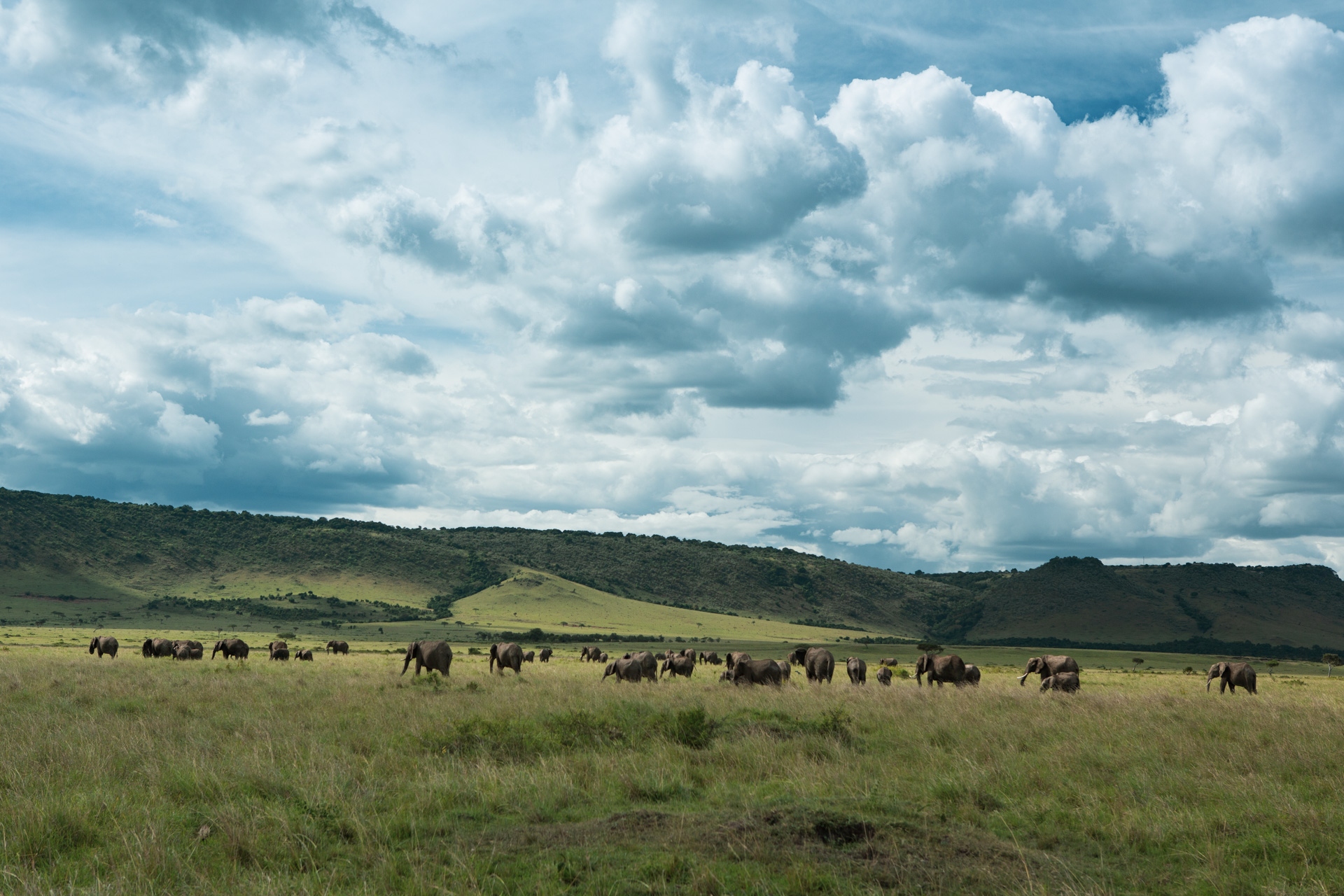
This photograph, of 47 elephants, is just a fraction of the nearly 300 that we came across happily feeding in the grasslands. The late afternoon clouds are the reason that I love the Mara in November. [f 6.3, 1/640, ISO 400]
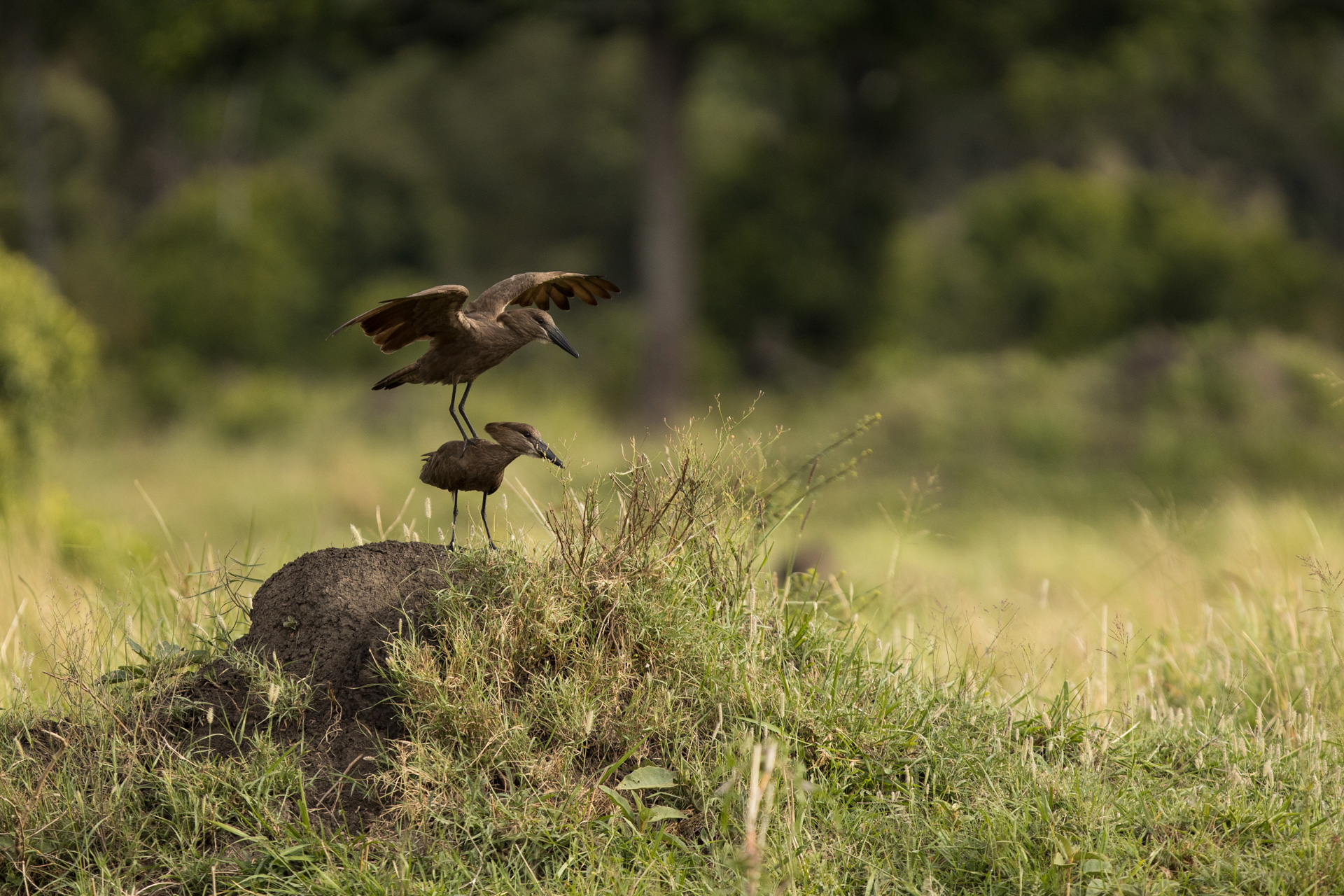
The acrobatics of love. [f 3.2, 1/3200, ISO 800, -0.33]

As the sun dips over the Oloololo escarpment the lighting becomes glorious. After a few hours I was loving the subtleties in the design of the camera’s body and the picture it was capturing. [f 4.5, 1/320, ISO 400, -0.33]

The two major reasons I opted for the ‘R’ over the ‘5D Mark IV’: firstly, you can see real-time what the image is that you are taking in terms of exposure; and secondly (and crucially for me) it has a swivelling LCD screen that allows for more creativity when photographing – in this case an extreme low angle shot of a galloping zebra was captured effortlessly. [f 4.0, 1/1600, ISO 250, +0.67]
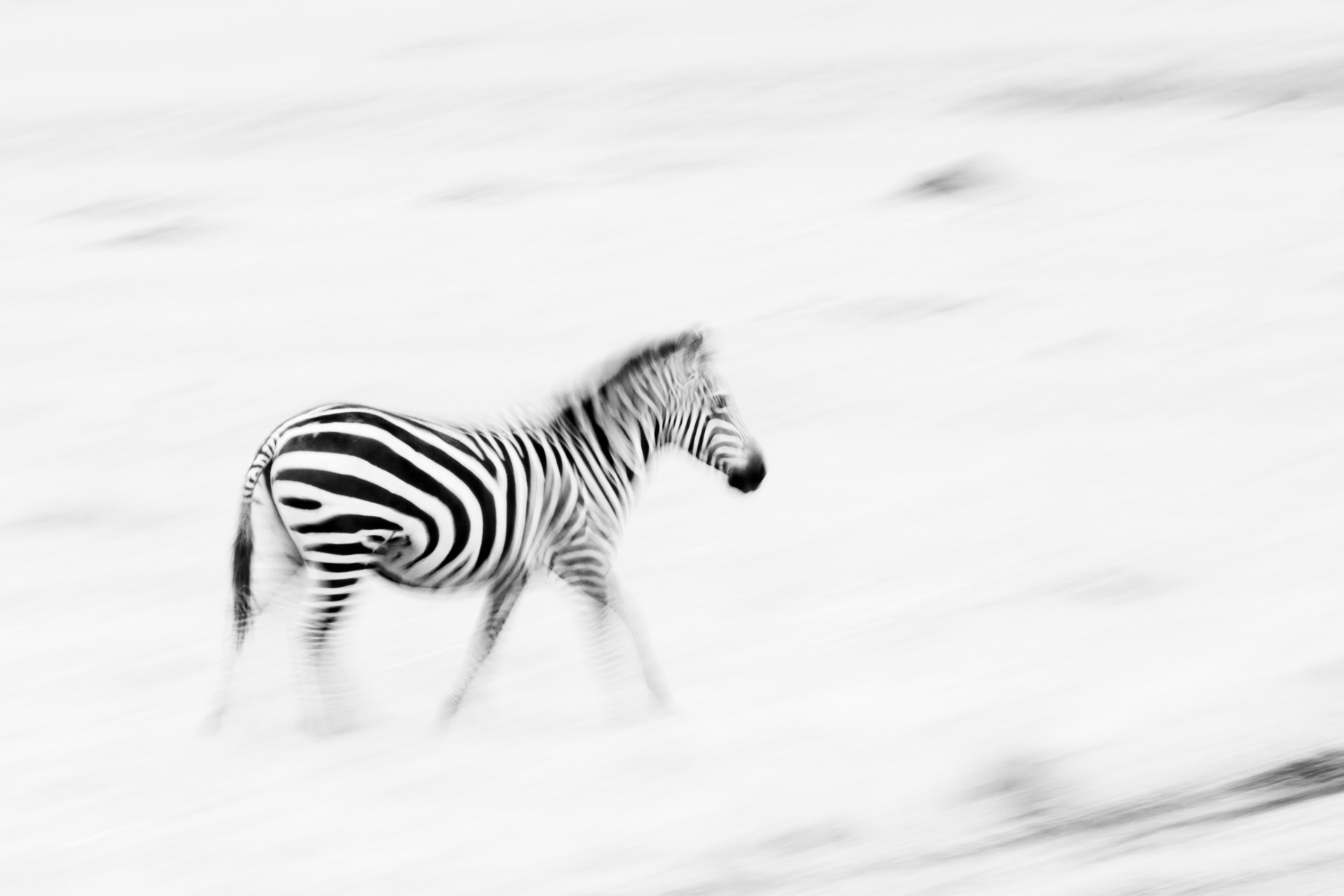
As I continue to expand and explore my photography so I continue to get creative and push the camera. This was the very first panning shot I tried with this new body, in harsh bright lighting. By no means ideal, but I am excited to try again, perhaps in the fading late afternoon light. [f 32.0, 1/4, ISO 125]
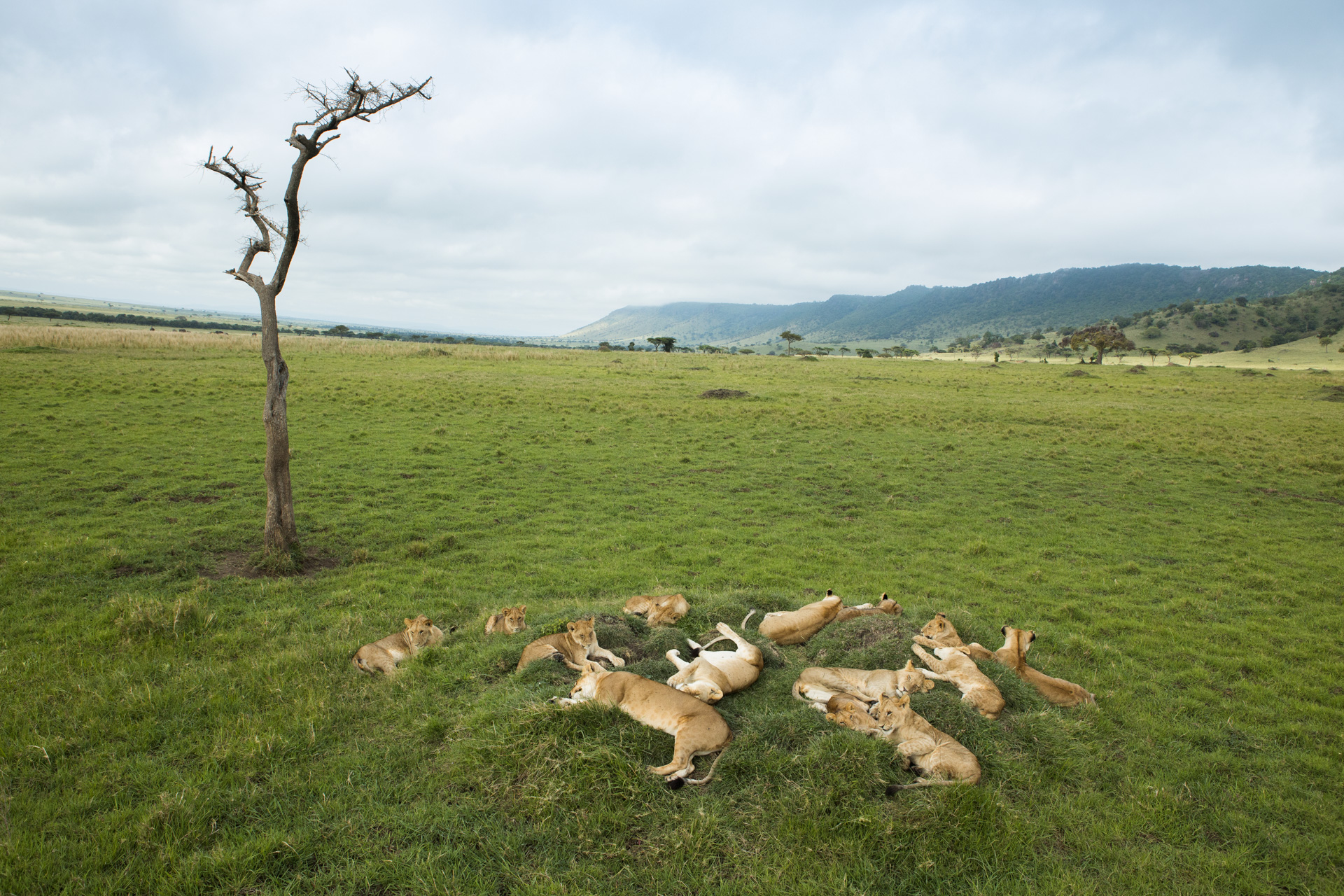
As I love photographing lions I headed to the south-west of the Triangle to look for the Sausage Tree pride. This 14-strong pride is doing really well and continue to control huge tracts of land. Their dominance and confidence allows them to sleep soundly, out in the open in the middle of the day. Again it was the tilt screen (not offered in most professional Canon bodies), that allowed me to take this shot. [f 9.0, 1/200, ISO 640]

Whilst the lions slept a family of elephants caught scent of the sleeping cats and moved in to investigate. Again, the swivel screen allowed for a low angle and the touch screen helped to ensure I got the sniffing elephants in focus. [f 5.0, 1/1600, ISO 640, -0.33]
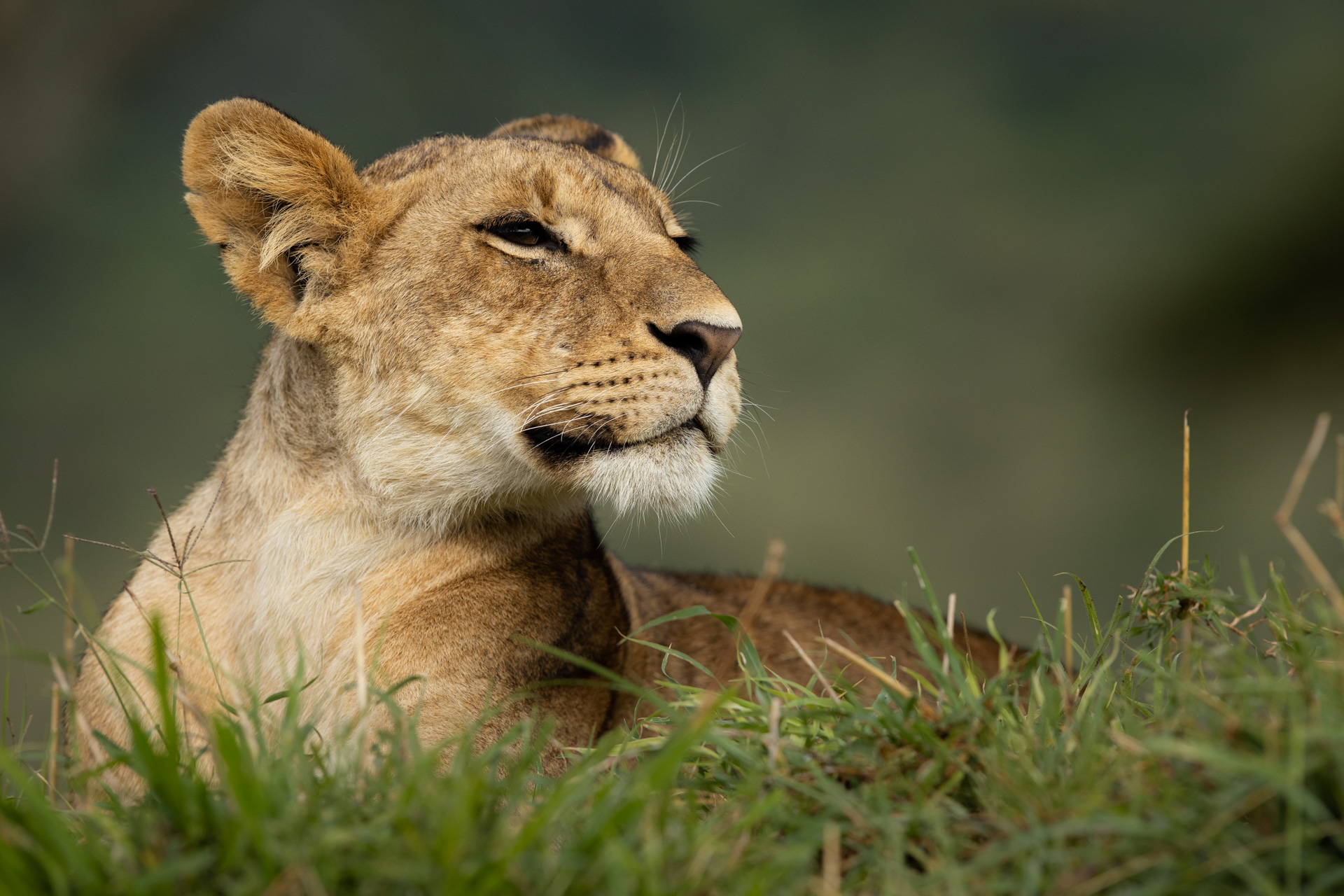
What I loved about my 5D’s (Marks I, II and III), was how they captured greens and reds. I was nervous that the R would not live up to this, but am delighted to say so far so good. [f 4.5, 1/1000, ISO 500, -0.33]
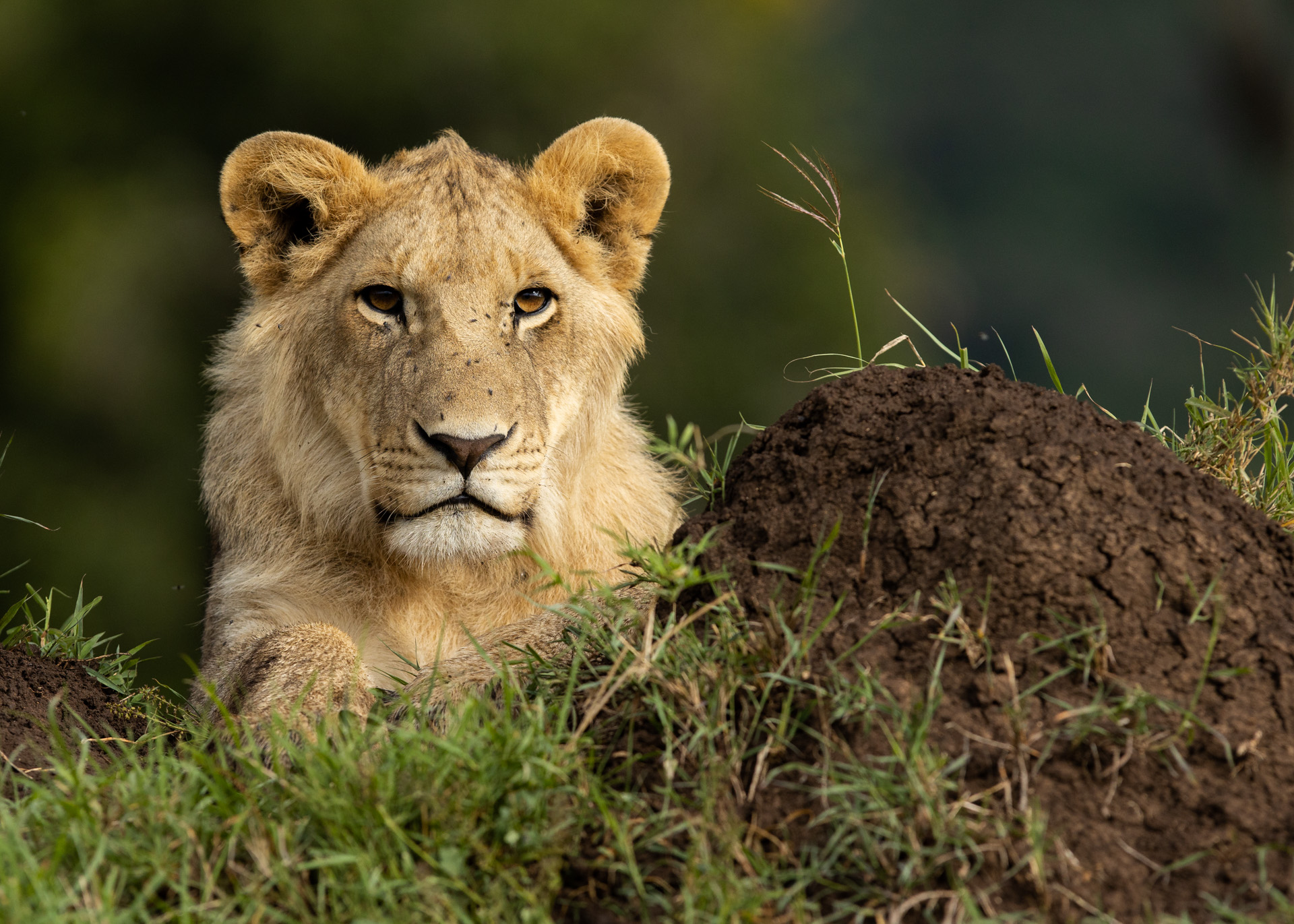
A big consideration in getting this camera was that it has a different lens mount to all the other lenses I have. Canon (and Nikon for that matter), have developed new mounts to allow for improvements in technology. The adaptor that they provide seems to be great, and I can’t notice any focusing or speed issues – of course this is all very new, and I will keep you updated on how I think the adapter shapes up. [f 4.0, 1/2000, ISO 640, -0.33]

The pride was not very accommodating in terms of allowing me to practise ‘speed’ photography, as they slept for the entire two hours I watched them. But, have I ever complained about spending time with lions? Sleeping or otherwise? [f 2.8, 1/6400, ISO 640]
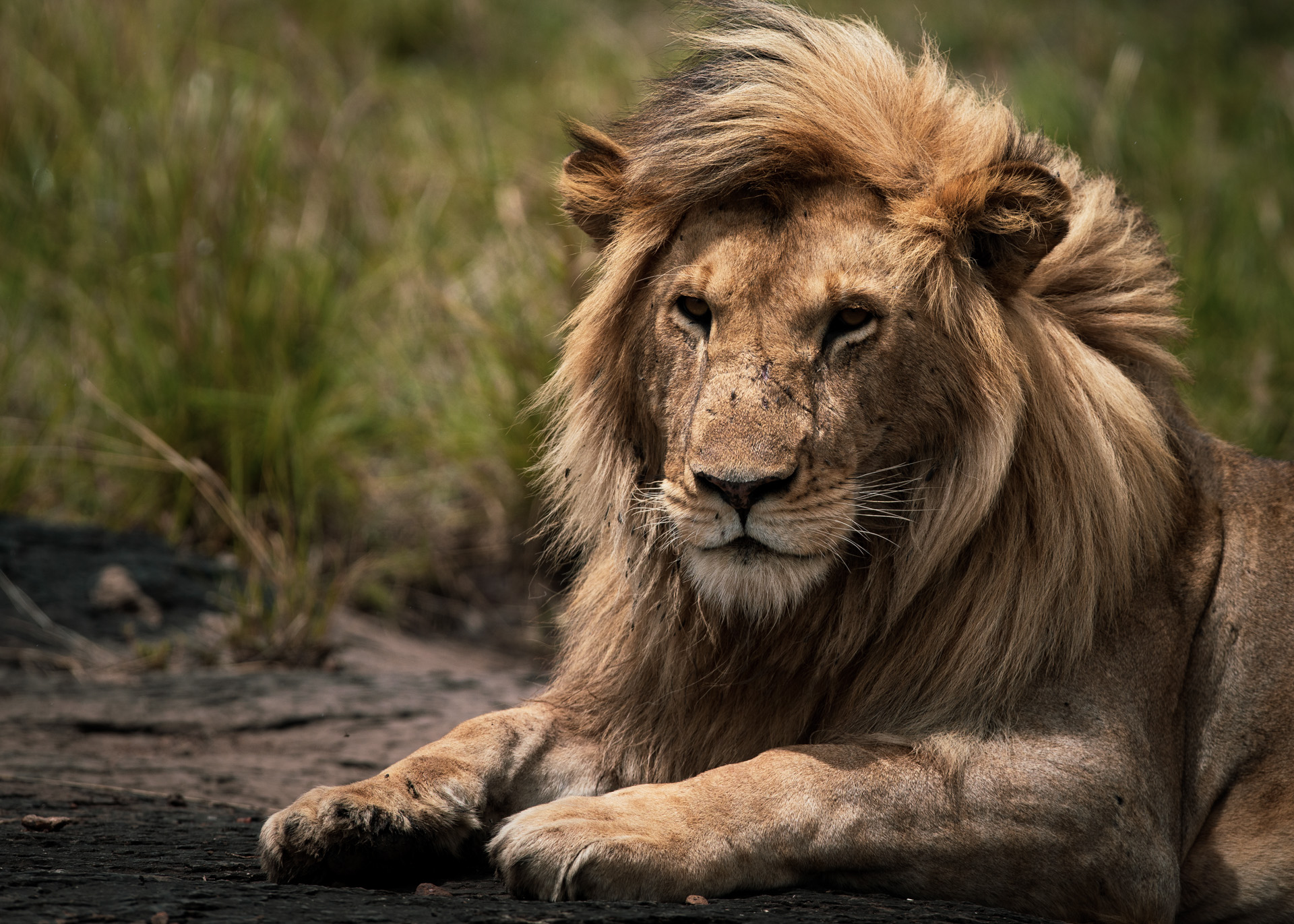
The life of a lion is not as glamorous as we make it out to be; this male, who looks so regal and in control, could barely walk caused by an injury sustained in a fight. Lions are resilient and tough, and I am sure he will battle on. [f 5.0, 1/3200, ISO 320, -0.33]
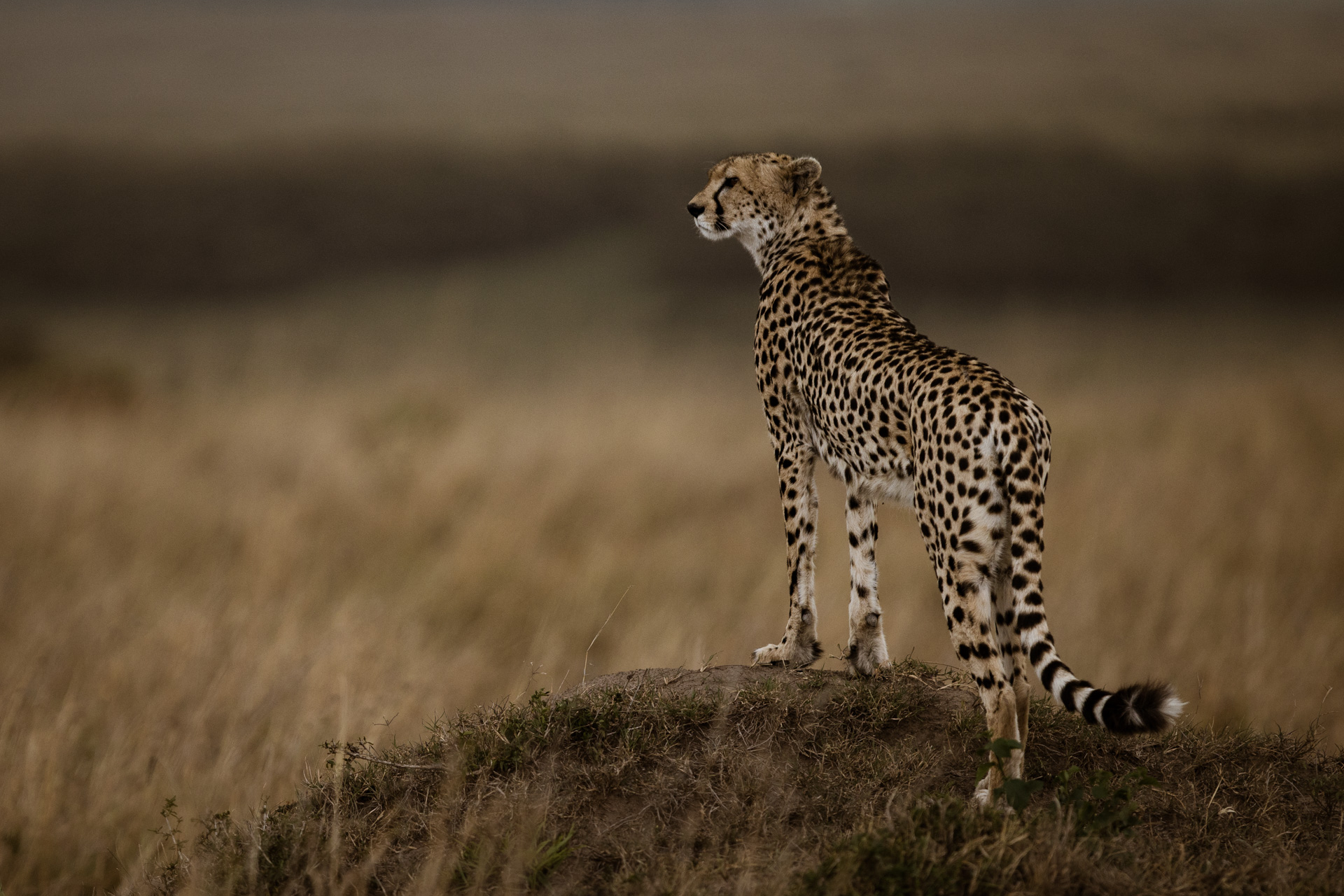
Cheetah sightings are special, but this female takes the cake when it comes to cheetah in the Triangle. Kakenya, who captured the hearts of viewers across the world when she starred in SafariLIVE. She has been battling to raise cubs for years, and I am excited, but cautious, when I say that we believe she may now have cubs. They are yet to be seen, and we hope that they make it to adulthood in this hyena-dominated part of the Mara. [f 2.8, 1/5000, ISO 640, -0.67]

I was loving the background colours and texture, and so opted for a rather unusual composition. [f 5.0, 1/1250, ISO 250, -0.33]
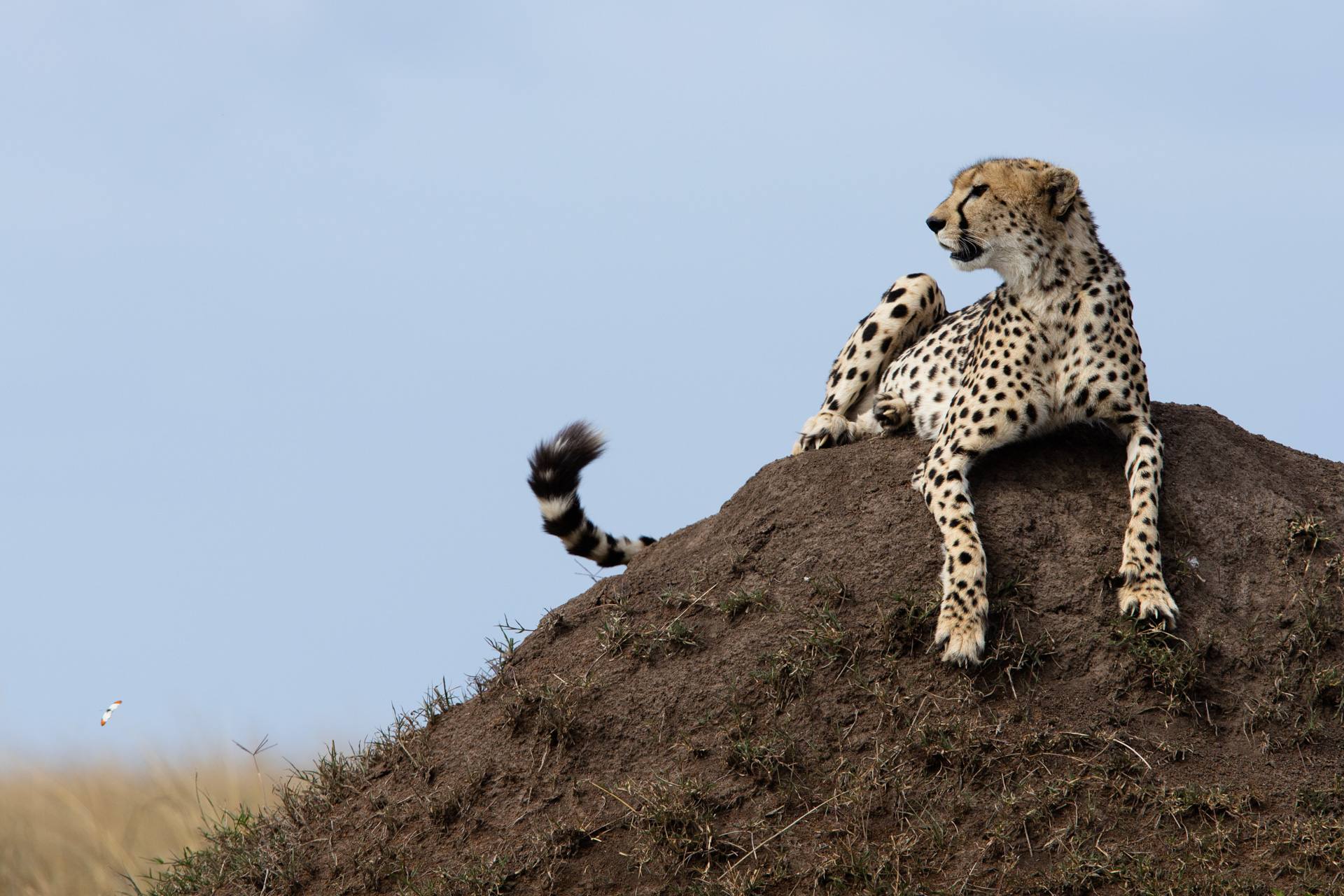
I watched her for over 4 hours as she moved from mound to mound. Tourist numbers in November in the Triangle are low and during all this time only 3 other cars came to view her. [f 7.1, 1/1000, ISO 320]
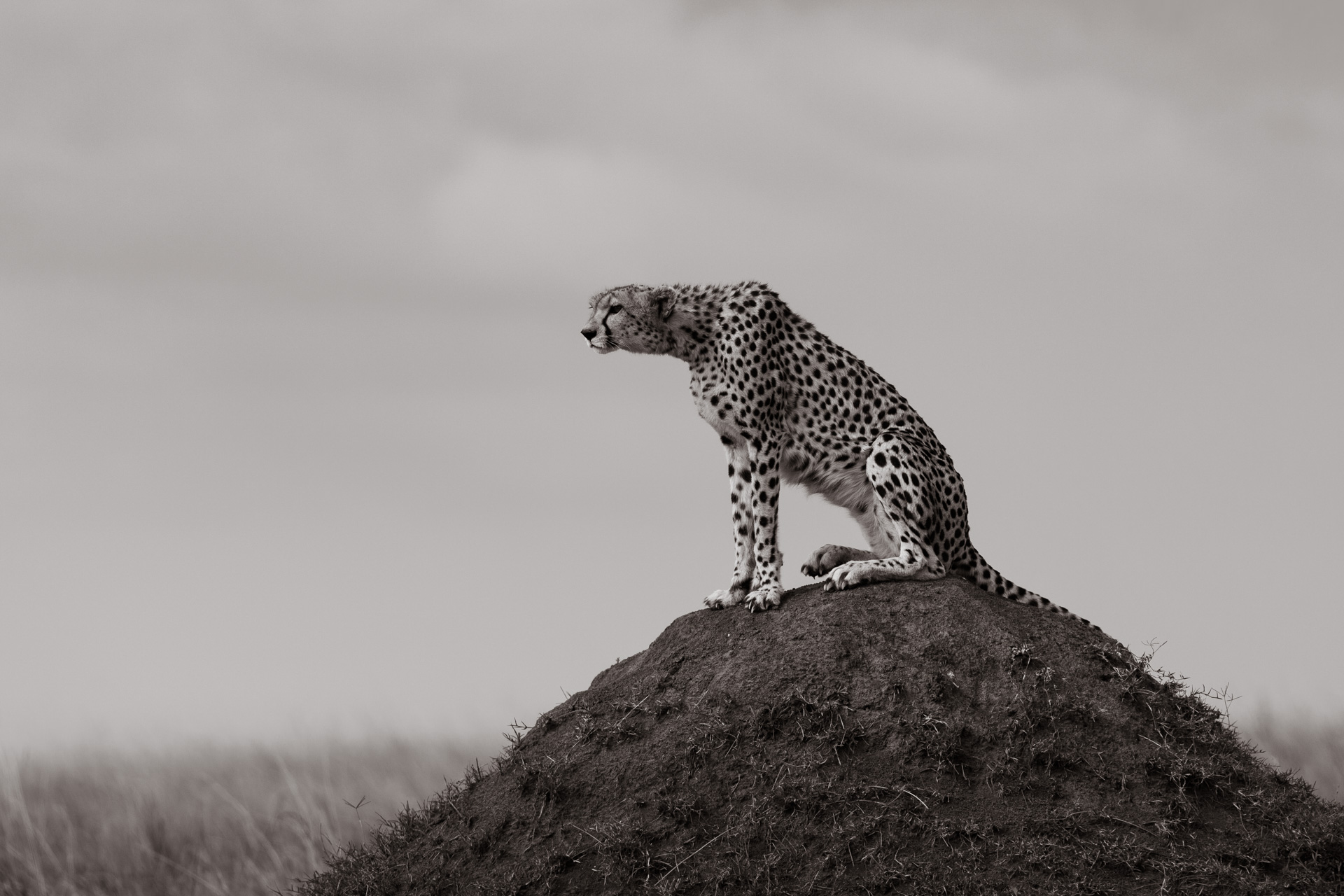
Shoulders hunched, eyes focused and muscles bunched. She decided the warthog was too far away for a chase, but it was great to see her body language change in an instant. [f 5.0, 1/2500, ISO 320]

In the heat of the day a matriarch leads her family to water to bathe and drink. An understanding of the daily rhythm of the Mara, and the trails they use, helps to predict where to look, and when. [f 6.3, 1/640, ISO 320, +0.33]
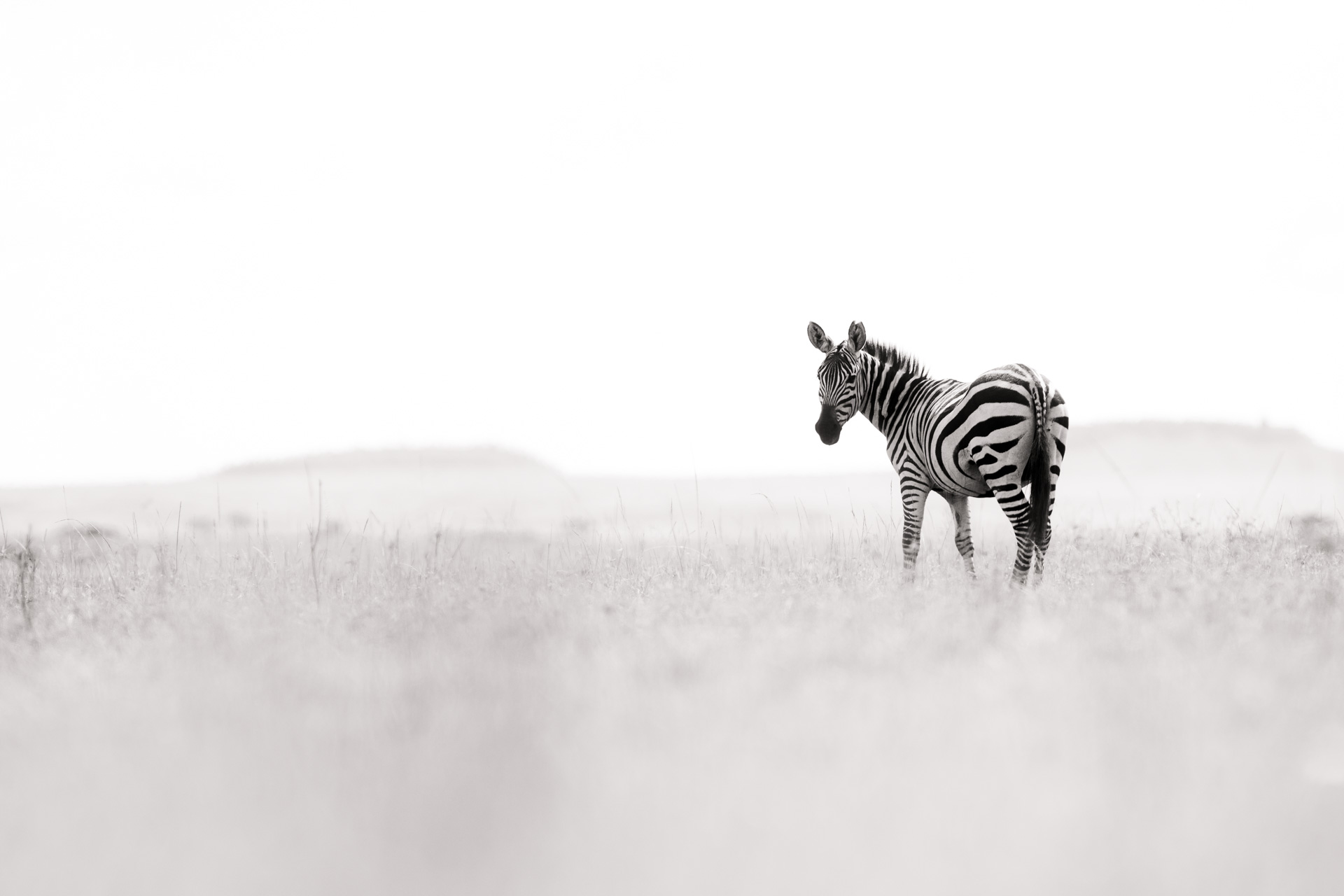
There is a style of photography called ‘High Key’ where you intentionally over-expose and blow out much of the image. Very subjective, it is certainly a good technique to have in your back pocket for mid-day scenes, when the light is too harsh for a more traditional approach. [f 4.0, 1/1600, ISO 250, +1.33]
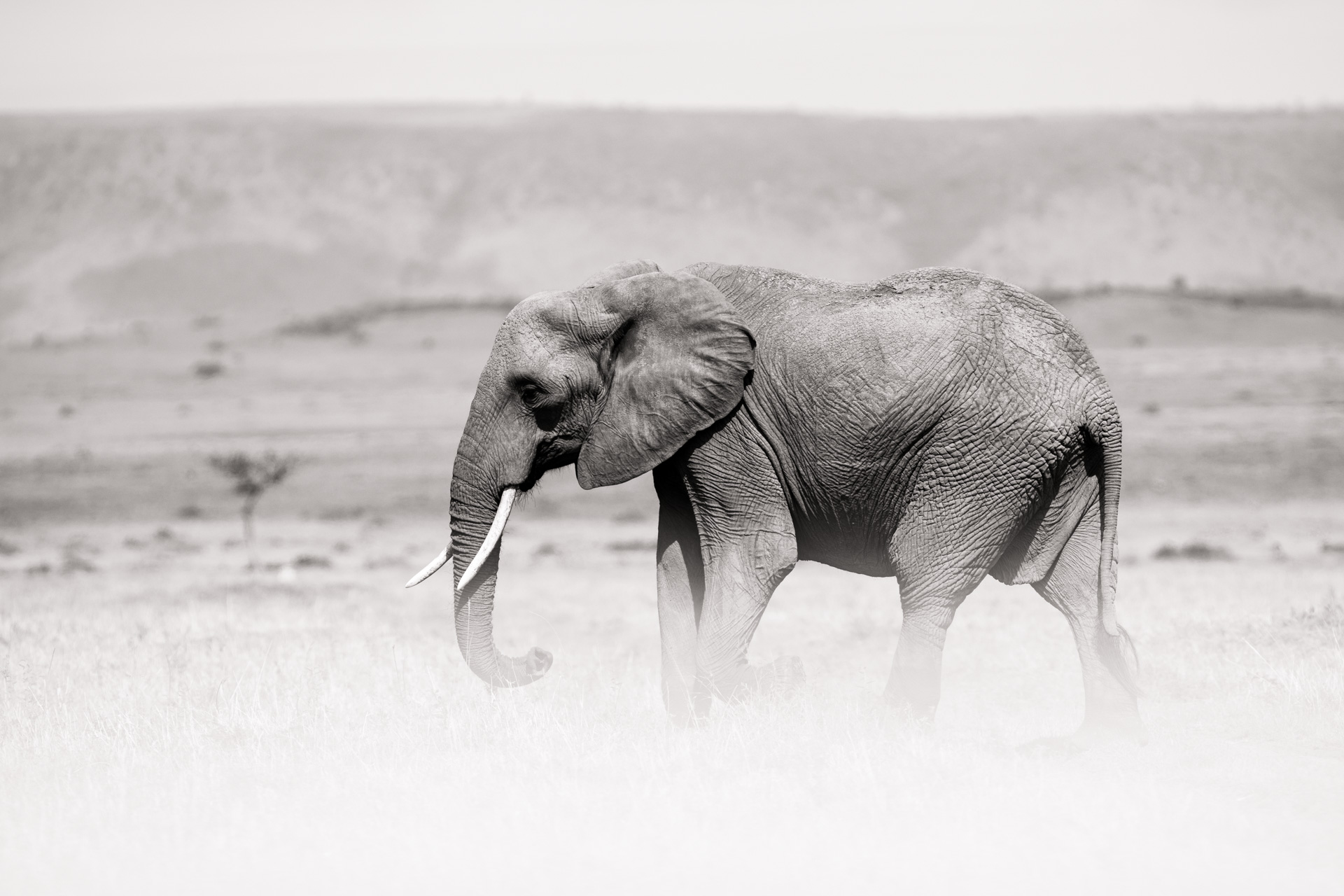
I always love experimenting with new ways to photograph – and to try and do as much of the photography ‘in-camera’ instead of in Photoshop, or Lightroom. On this occasion, I decided to hold a piece of white card directly in front of the bottom third of the lens. My intention was to make the foreground seem extremely light and washed out, ideally mimicking the sky above the escarpment – a work in progress, but certainly an interesting look. [f 4.0, 1/2500, ISO 250]

Here is another example of ‘High Key’, used to good effect. I am excited about the in-camera black and white capabilities of the Canon Mirrorless. I know most cameras have this, but I am super impressed in the look and feel of what can be produced without any post-work. [f 4.0, 1/1250, ISO 250, +0.67]
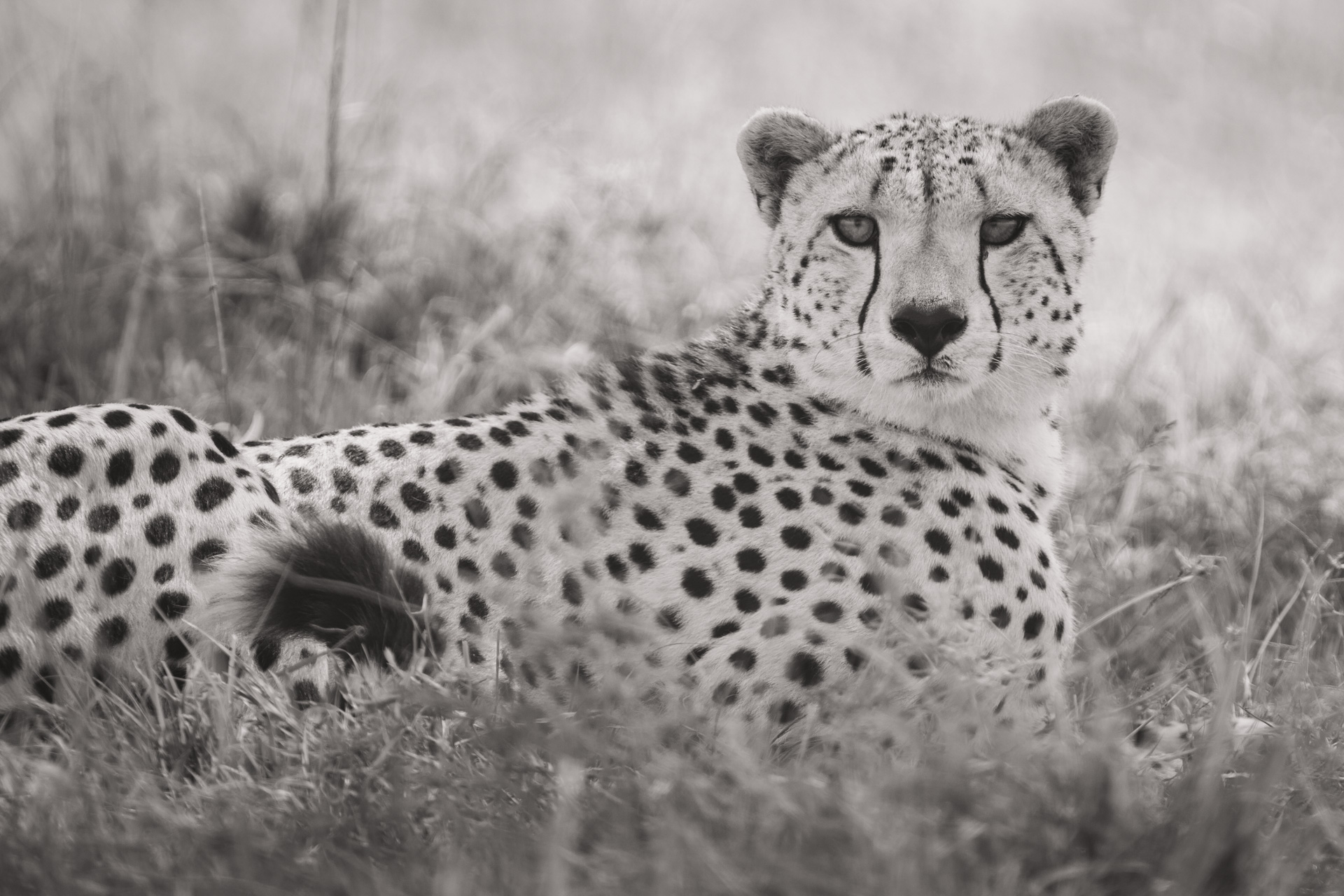
The famous ‘Border Brothers’ are being sighted most days. There is still a healthy number of zebra in the southern portions of the Triangle, remnants of the Migration, the majority of which are well on the way into the central Serengeti. [f 4.0, 1/1000, ISO 250, +1.0]

Boys and their toys… new Canon R body (including battery grip and lens mount adaptor), together with my old faithful fixed 300mm f2.8 lens. [f 5.0, 1/4000, ISO 1250, +1.0] – photo by John Hafner
This Week a Year Ago

We all know that drama unfolds on a daily basis out in nature, but it is not every day we get to see it. Last year, the most epic of sightings took place right below Angama, at the base of the escarpment. A giraffe had recently given birth, and a small portion of the Angama Pride were onto her. The followed her for hours and hours, exhausting the new-born calf, and also her mother. Various skirmishes were made by the lions, but the mother fought to the end. At one stage the lions managed to get the baby giraffe on the ground, before the mother came running in to the rescue, legs splayed, hooves flying. The story had a happy ending and the baby giraffe lived to see another day.
TAGGED WITH: Birdlife, Photography, Angama Mara, Birding, Wildlife Photography, Photographic Safari, Bird Photography, This Week At Angama


